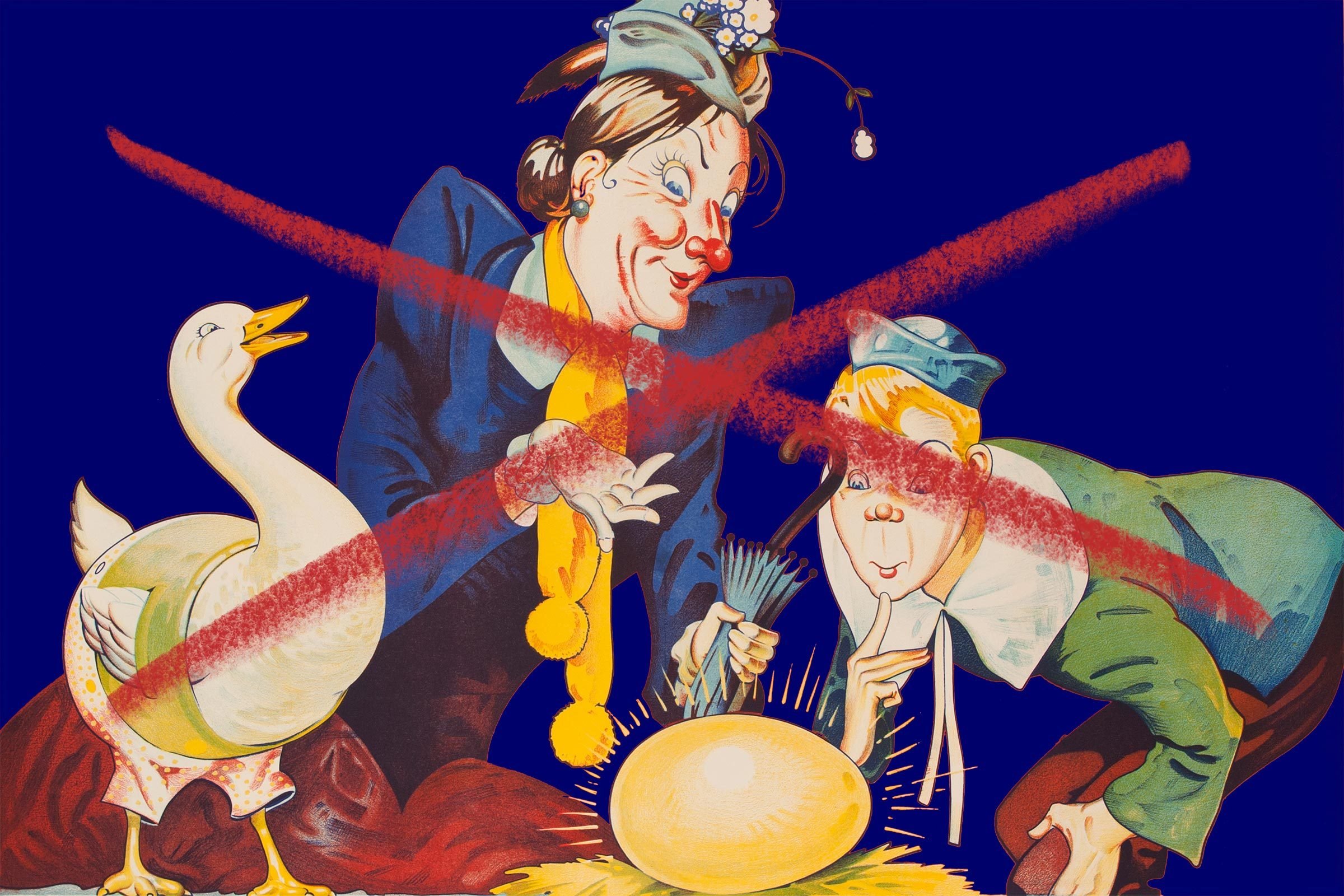
Nursery rhymes that are anything but innocent
It’s no longer enough to say, “I’m not racist.” We need to be anti-racist, and that’s harder. To be anti-racist, we must look at our everyday routines, our communities, and our own families—eliminating even some of the things that have brought us joy as children so the next generation can be healthier and stronger. One of those things is nursery rhymes, many of which are deeply embedded with racism.
According to the New York Times, by age four, children recognize basic racial stereotypes. Often, these stereotypes are so normalized, it’s easy to misidentify them and thus dismiss them as historical or eliminated when, in fact, they continue to circulate in new forms in children’s culture. As Robin Bernstein, author of Racial Innocence, puts it, racist tropes often “hide in plain sight.” In children’s nursery rhymes, an obviously racist, sexist, or anti-Semitic term might have been replaced with a word considered less offensive, but the new term can be just as triggering to BIPOC (Black, Indigenous, and People of Color) as the original epithet.
While it’s important to build your library with excellent children’s books it’s equally important to protect your child’s developing mind from racist narratives like the eight listed below.
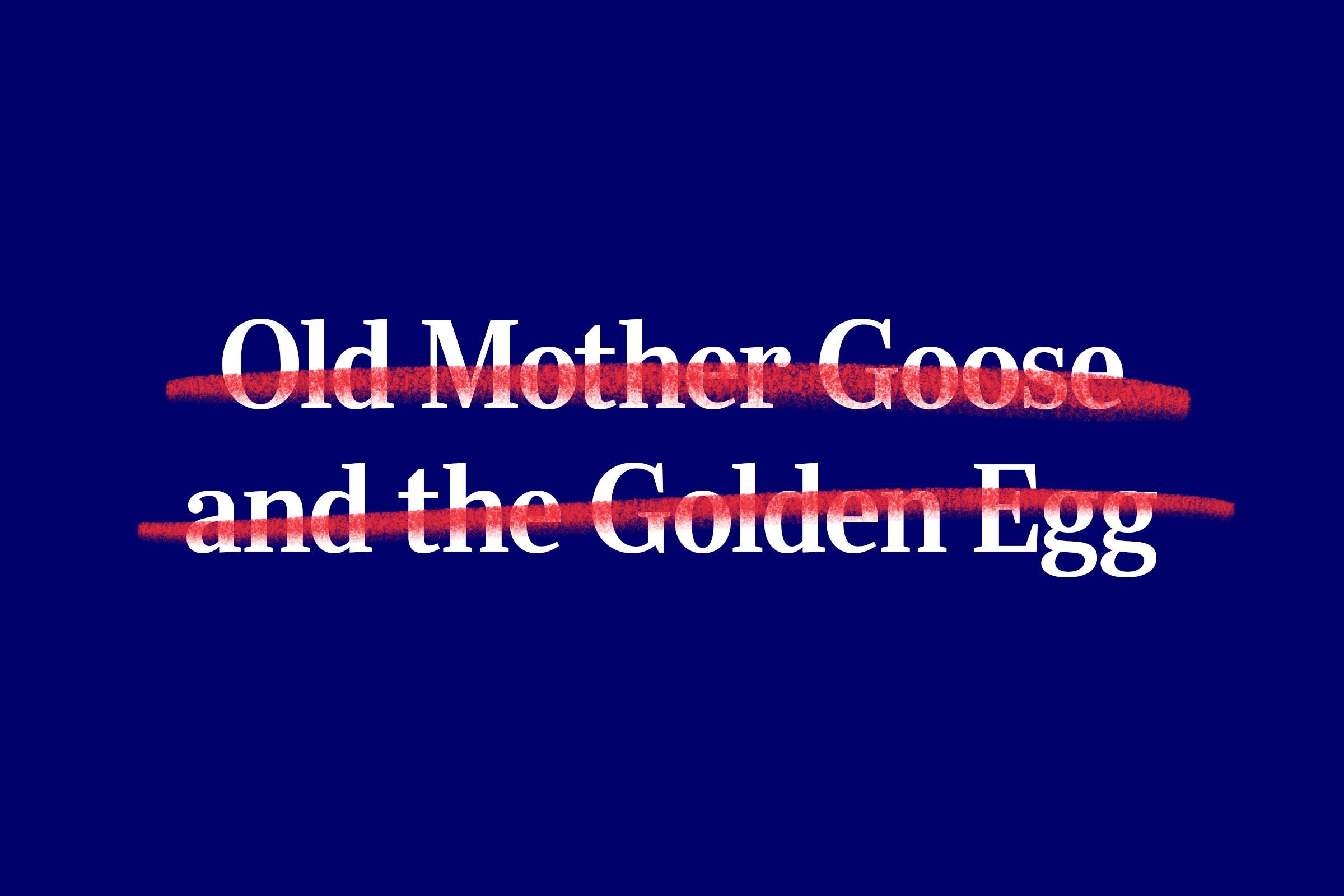
Old Mother Goose and the Golden Egg
The original version of “Old Mother Goose and the Golden Egg” contains the lines: “Jack sold his gold egg/ To a rogue of a Jew/ Who cheated him out of/ The half of his due.” The Jewish character goes on to steal and murder the goose, “resolving at once, his pockets to fill.” This anti-Semitic language is even more sinister because, unlike the “lady” that Mother Goose turns into sweet Columbine, “the Jew” never even gets a name and is the only character identified by his religion. Bearded and cloaked, he is objectified, flat, and villainous.
In April 1969, the American Jewish Congress (AJC) successfully pressured the Xerox Corporation to withdraw 3,000 reprints of an 1895 edition of Mother Goose Nursery Rhymes that contained this language. However, despite the AJC’s victory, the same anti-Semitic language continued to circulate in a 1975 Viking Press edition of Mother Goose that could be found in American libraries at least through the early 1980s. Updated versions contain the new phrase “a rogue that he knew,” but the original anti-Semitic version may still be circulating in your neighborhood library, and it’s easily accessible online. Read about how an entire town responded when anti-Semitism showed up in the community.

Ten Little Monkeys
You have likely sung some version of this nursery rhyme to your children, teaching them to count backward and also just to amuse them, but it has an insidiously racist backstory. It was originally derived from a nursery rhyme called “Ten Little N**gers,” which counted down by illuminating ten different horrible ways for Black boys to die. One version of it features this line: “Ten little n**ger boys went out to dine;/ One choked his little self, and then there were nine.” The use of this rhyming song in children’s books and in minstrel shows over many decades reasserted a false sense of superiority in Southern Whites still burning because they lost the Civil War—and it literally helped teach White children to hate. Here’s more on the psychology of prejudice.
Today, parents use the same rhythmic language of this rhyme in “Ten Little Monkeys.” But subbing in the word monkeys not only fails to redress the wrongs of the original language, but it’s also traumatizing in a different, though related, way. “Children’s literature and culture helped promote the lie of Black animality by presenting African Americans as apes or monkeys, either via racist caricature or via monkey characters who behaved like they imagined African Americans behaved,” explains Philip Nel, an English professor at Kansas State University and author of Was the Cat in the Hat Black?: The Hidden Racism of Children’s Literature and the Need for Diverse Books. “In order to justify slavery, slavers propagated the libel that people of African descent were inherently more animal, less civilized, and thus less human.” In the end, using the word monkeys doesn’t eliminate racism from the nursery rhyme—it simply reestablishes it.
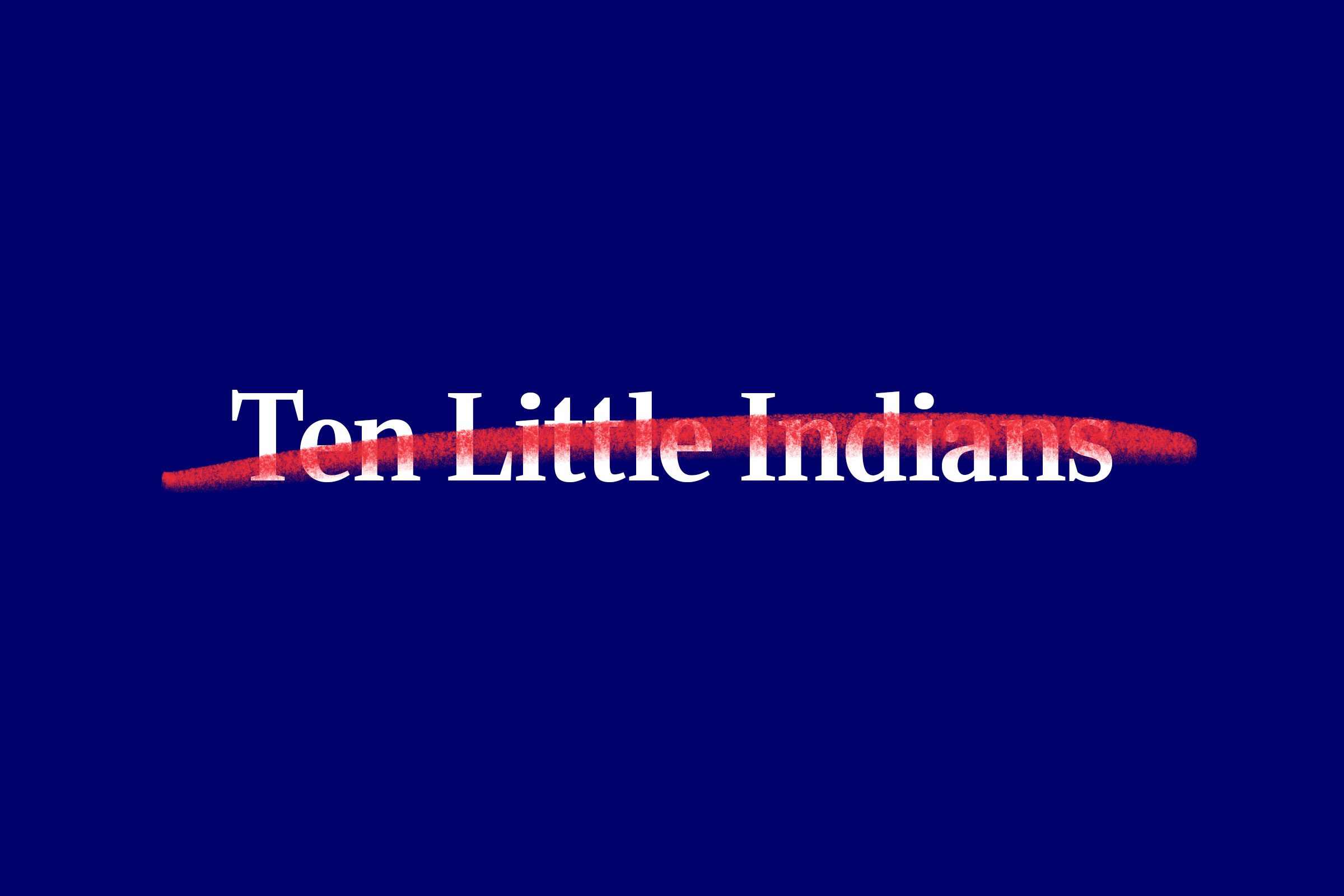
Ten Little Indians
The macabre “fun” of “Ten Little Monkeys” doesn’t end there. It also morphed into the equally problematic “Ten Little Indians,” which is offensive toward Indigenous people. This rhyme also crossed over into new mediums and played on Saturday-morning cartoons featuring beloved good guys like Tweety and Bugs Bunny. In Looney Tunes’ “Horse Hare,” created in 1960, as Bugs kills “injuns,” he shoots and sings, keeping a score sheet of tally marks for his kills. Bugs Bunny even pauses to partially erase a full tally mark, calling one “a half-breed” before he continues killing.
The problems continue in the Tweety version. “As Tweety tallies up the gunshots (marking the death of another ‘little Indian’), the cartoon offers genocide as innocent fun—and justified,” says Nel. “Casting Tweety as the innocent and Sylvester and the other cats as the Indians, the cartoon casts them as villains who deserve punishment. In addition, the cartoon itself traffics in all the usual caricature of Native Americans—murderous, speaking broken English, and the generic feather headdress.”
“Ten Little Indians” permeated popular culture through the 20th century, making genocide and dehumanization a sing-song delight for American children of all races. Presented as inarticulate and stupid, imaginary Indigenous people were unceremoniously hunted when children played Cowboys and Indians, a game that reinforced the idea that massacre was a kind of Manifest Destiny and that the original people in this land were, in fact, worthy of the kill. Ditching racist nursery rhymes like this are just one of the small ways you can fight racism every day.
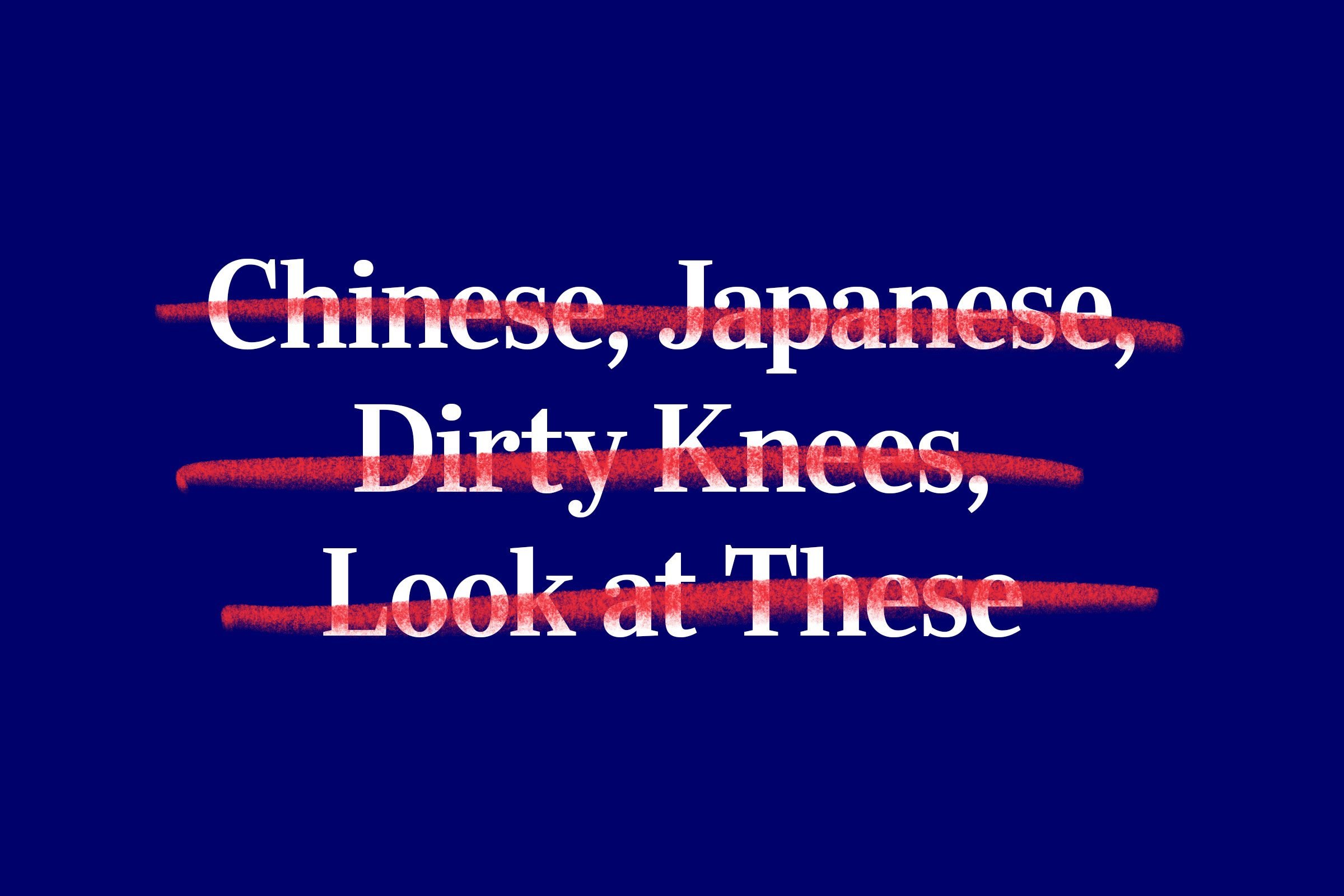
Chinese, Japanese, Dirty Knees, Look at These
Through policies like the Chinese Exclusion Act of 1882 and Japanese internment camps during World War II, Asian Americans have been perpetually marginalized in this country. Here, we have an expression and glorification of that subjugated status in sing-song form. Often, the young person reciting the lines would move the corners of their eyes up on the word Chinese and down on Japanese, before touching their knees and then grabbing or even exposing their own breasts. This popular rhyme, and the gestures that accompanied it, were considered benign through the early 2000s. This chant, however, is neither innocent nor fun.
“It’s racist for many reasons,” Nel says, “one of which is that its performance depends upon caricature—the performer’s fingers make upward-slanting eyes for Chinese and downward-slanting for Japanese. Another is that it associates Asians with either poor hygiene or subservience. Dirty knees could indicate a need to wash, but they also suggest that the person kneels a lot.” Plus, he adds, exposing one’s breasts in the “look at these” line also alludes to promiscuity.
History has also effectively erased the contributions of non-White people. For example, here are amazing Asian Americans you didn’t learn about in school.
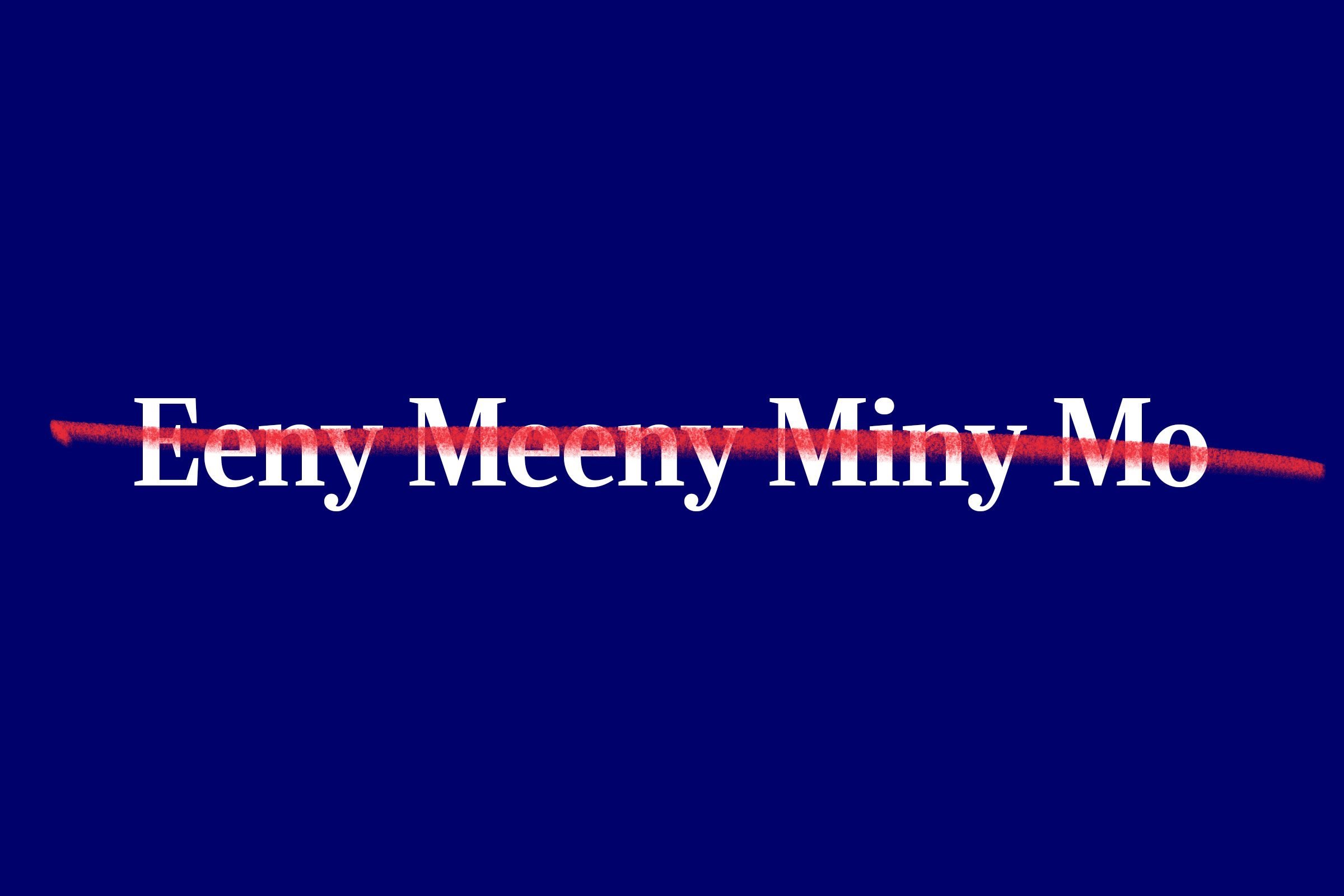
Eeny Meeny Miny Mo
As NPR notes, children all around the world have some variation of this childhood chant, which is used in America to decide who will be “it” in games like tag. But until recently, the American version of “Eeny Meeny Miny Mo” used the N-word. As late as the 1980s in some schoolyards, children rhymed about catching “a n**ger by the toe.” The more benign “tiger” became popularized over time, but Nel says that change doesn’t get rid of this rhyme’s inherent hate speech. “Though I, too, heard the ‘tiger’ version when I was a kid,” he says, “the rhyme has such a strong association with the N-word that it should be retired—permanently. Even using the ‘tiger’ version may activate a traumatic memory for people of color.” The casual use of the N-word is among the everyday acts of racism that don’t get talked about enough.
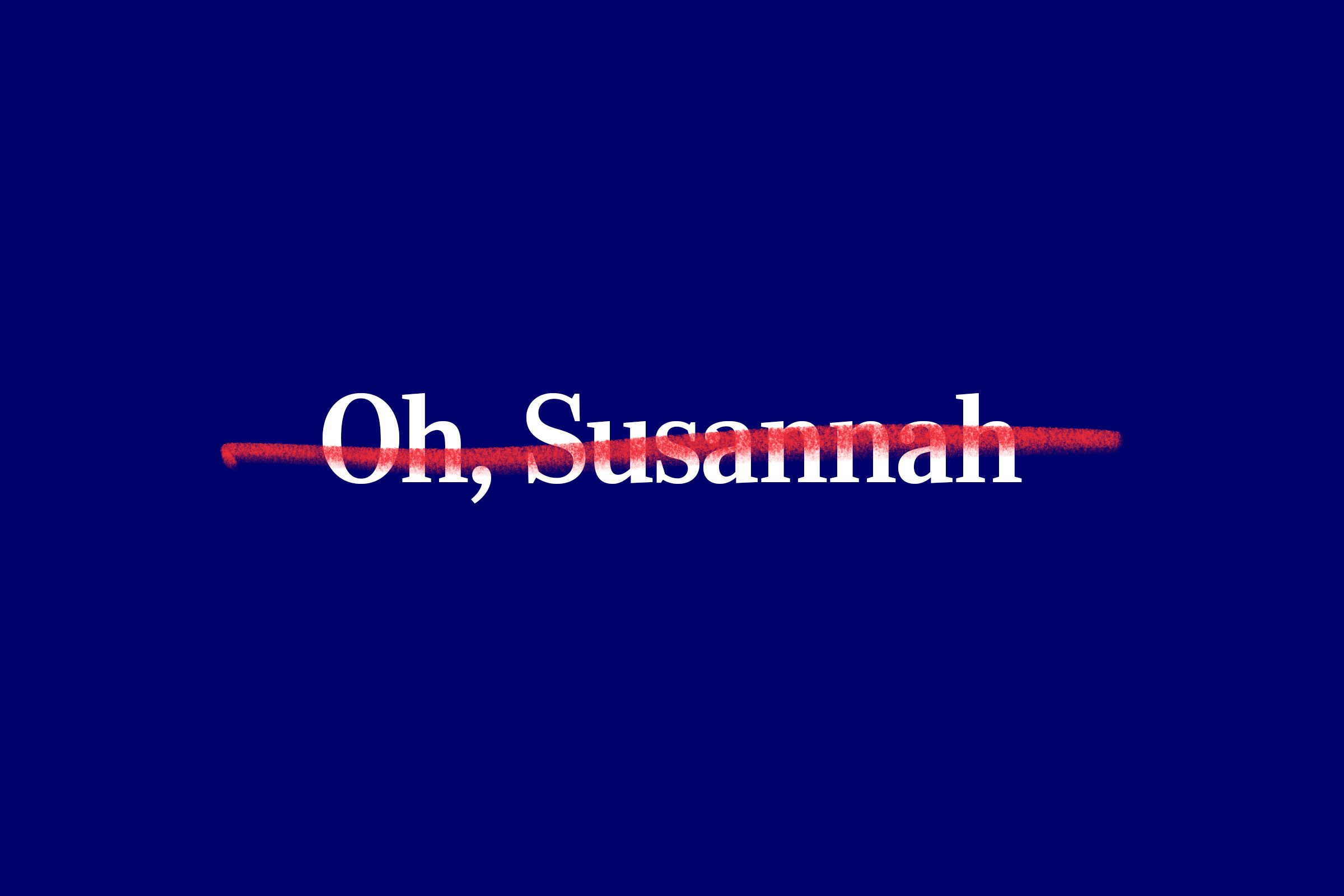
Oh, Susannah
While not a nursery rhyme, per se, this quintessentially American children’s song also has troubling roots. It was written in the 19th century by Stephen Foster, the composer of “Camptown Races” and “Old Folks at Home” (better known as “Swanee River”), and according to Nel, it was originally sung in “N**ro dialect.” He adds that its second verse uses the N-word and treats the deaths of African Americans as a comical, silly event:
I jump’d aboard the telegraph and trabbled down de ribber,
De lectrick fluid magnified, and kill’d five hundred n**gers.
De bulgine bust and de hoss ran off, I really thought I’d die;
I shut my eyes to hold my bref—Susanna, don’t you cry.
Artifacts of a deeply segregated, violent, and racist America no longer belong in our kids’ libraries. They belong in history books and museums, so that future generations will never forget that even children’s culture assisted White supremacy and helped maintain racism across generations and over hundreds of years. “The Star-Spangled Banner” also has racist lyrics, and it’s one of the reasons some Black Americans don’t celebrate the Fourth of July.

Short’nin’ Bread
The economic exploitation and cultural theft of Black people has been so normalized over the past four centuries that many people don’t realize how thoroughly racism is incorporated in everyday American life—in our everyday expressions and even in our food. One American children’s song about the latter, “Mamma’s Little Baby Loves Short’nin’ Bread,” was originally titled “Mammy’s Little Baby Loves Short’nin’ Bread.” But even with this change, Mammy and Mamma are so close in spelling and sound, it is nearly impossible to separate the two in this song that mocks African American language and confines Black women to White women’s kitchens. Plus, as Nel notes, all of us remember that the song’s main character is a Black “Mammy,” and cultural memory runs deep.
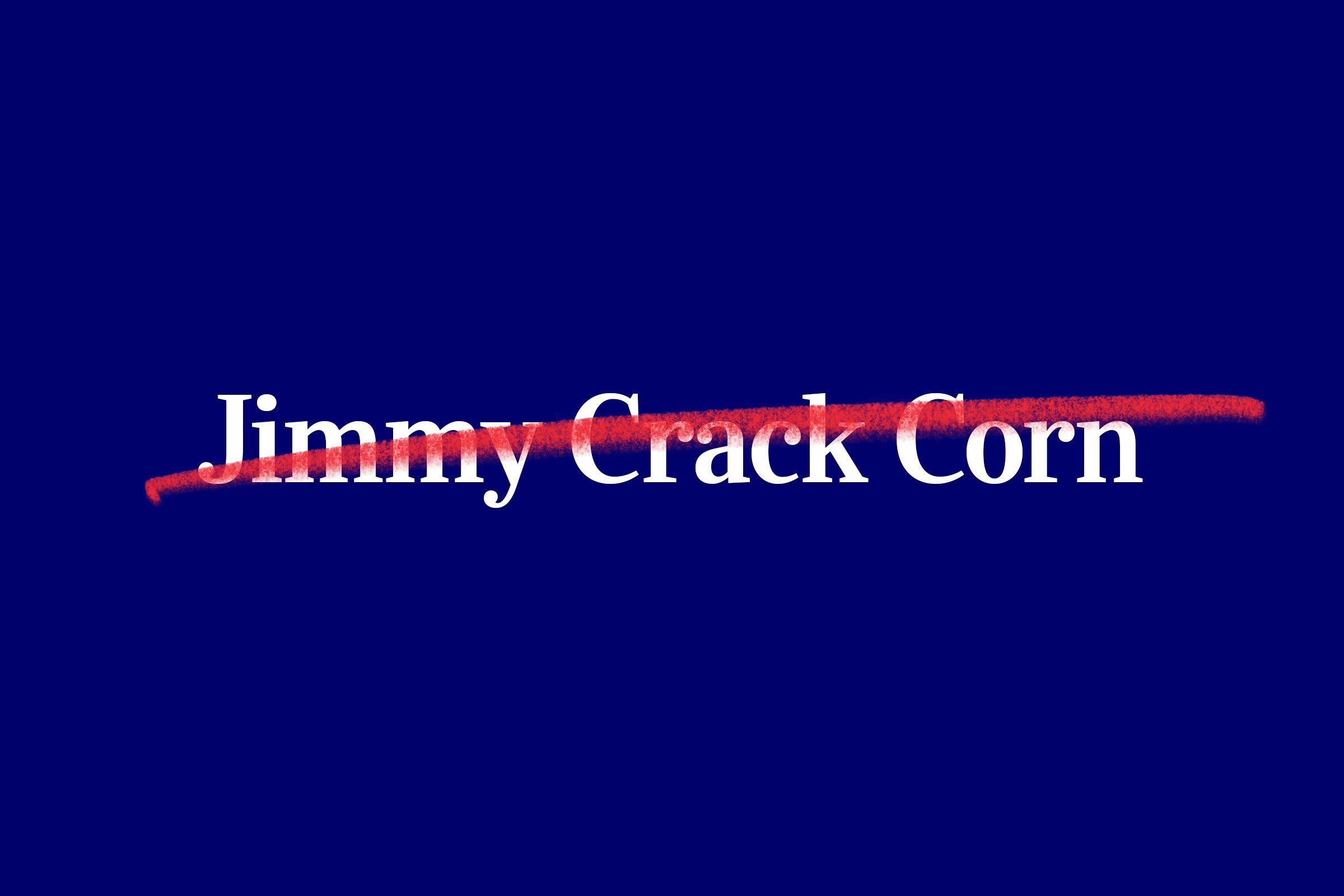
Jimmy Crack Corn
Black children have been terrorized over the years by this song’s explicit references to slavery, as it happily sings about the “ole massa gone away.” While you’ll still hear it today, this song was popularized in the 19th century and often used in blackface minstrel shows. According to Nel, back in the day, it was also “performed in ‘N**ro dialect’ by White men in blackface.” In case you were wondering, this is why desegregation didn’t put an end to racism in America.

For your children’s library
So, what now? Thankfully, there are plenty of books that contain nursery rhymes that center and affirm the value of Black and Brown people, as well as people of all cultures. Start with the following suggestions:
- Singing Black
- The People Could Fly
- Hip Hop Speaks to Children
- Little Mouse and Other Charming Chinese Rhymes
- Korean and English Nursery Rhymes
- The Girl Who Helped Thunder and Other Native American Folktales
- Hold Up the Sky
- Mother Goose Rhymes for Jewish Children
- The Hebrew Alphabet: Book of Rhymes for English-Speaking Kids
- Arroz con Leche: Popular Songs and Rhymes From Latin America
- De Colores and Other Latin American Folk Songs for Children
For more on this important issue, see our guide to the Fight Against Racism.
